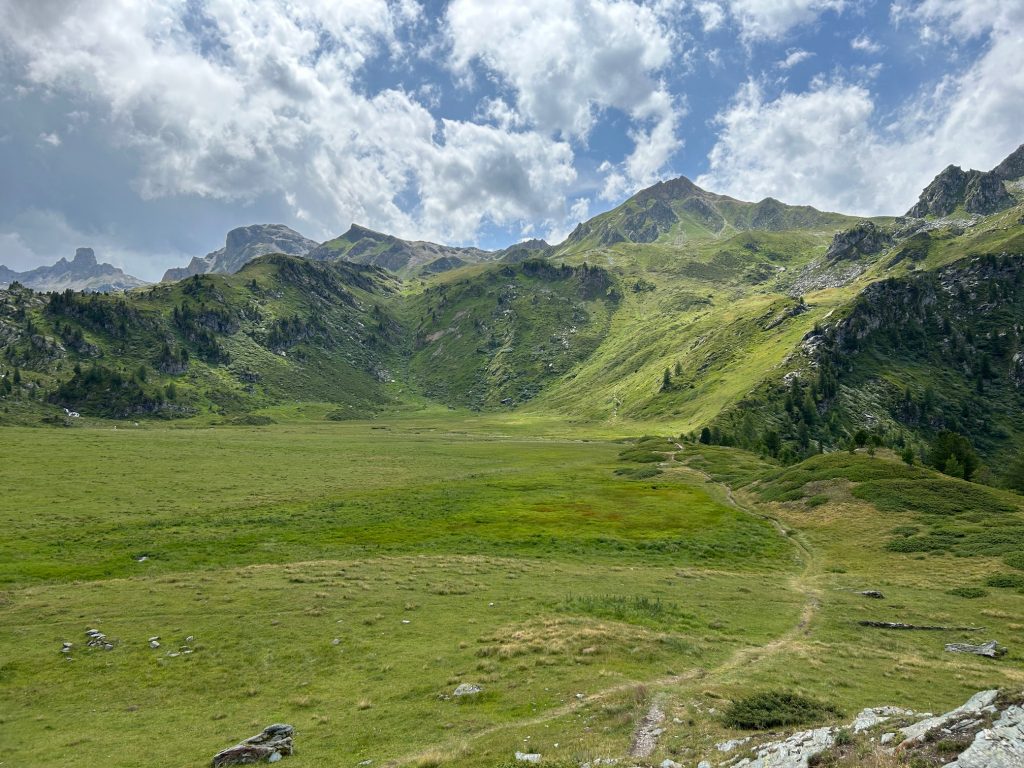
Soils play a key role in the global carbon cycle, yet the response of the soil organic carbon (SOC) pool to climate change remains uncertain. Mountain environments host a mosaic of soils with different characteristics reflecting the large variability in soil forming factors across small spatial scales. These soils store a majority of ecosystem carbon, particularly above the treeline. The role of mountain soils in the biogeochemical cycling of carbon is debated, however, due to lack of information on the amount and spatial distribution of SOC and a poor understanding of the factors governing the balance between SOC mineralization and stabilization.
The goal of our project is to assess the abundance, distribution, and vulnerability of SOC to climate change in mountain ecosystems. The specific objectives are to
- provide an inventory of SOC abundance and distribution in relation to soil properties in selected catchments in the Swiss Alps,
- identify dominant mechanisms of SOC stabilization across landscape positions in these catchments, and
- assess the vulnerability of SOC to vegetation shifts in a changing climate.
The anticipated outcomes of this work include knowledge on the relative importance of different SOC stabilization mechanisms and SOC susceptibility to vegetation shifts at the local scale, and a spatially resolved database of soil properties (including SOC stocks) at the regional scale. The findings of this work will help identify threats to ecosystem services provided by mountain soils in a changing climate and can be used to improve the representation of soil processes in global carbon cycle models.
People: Kristina Bright, Bence Dienes
Funding: SNSF grant 212056